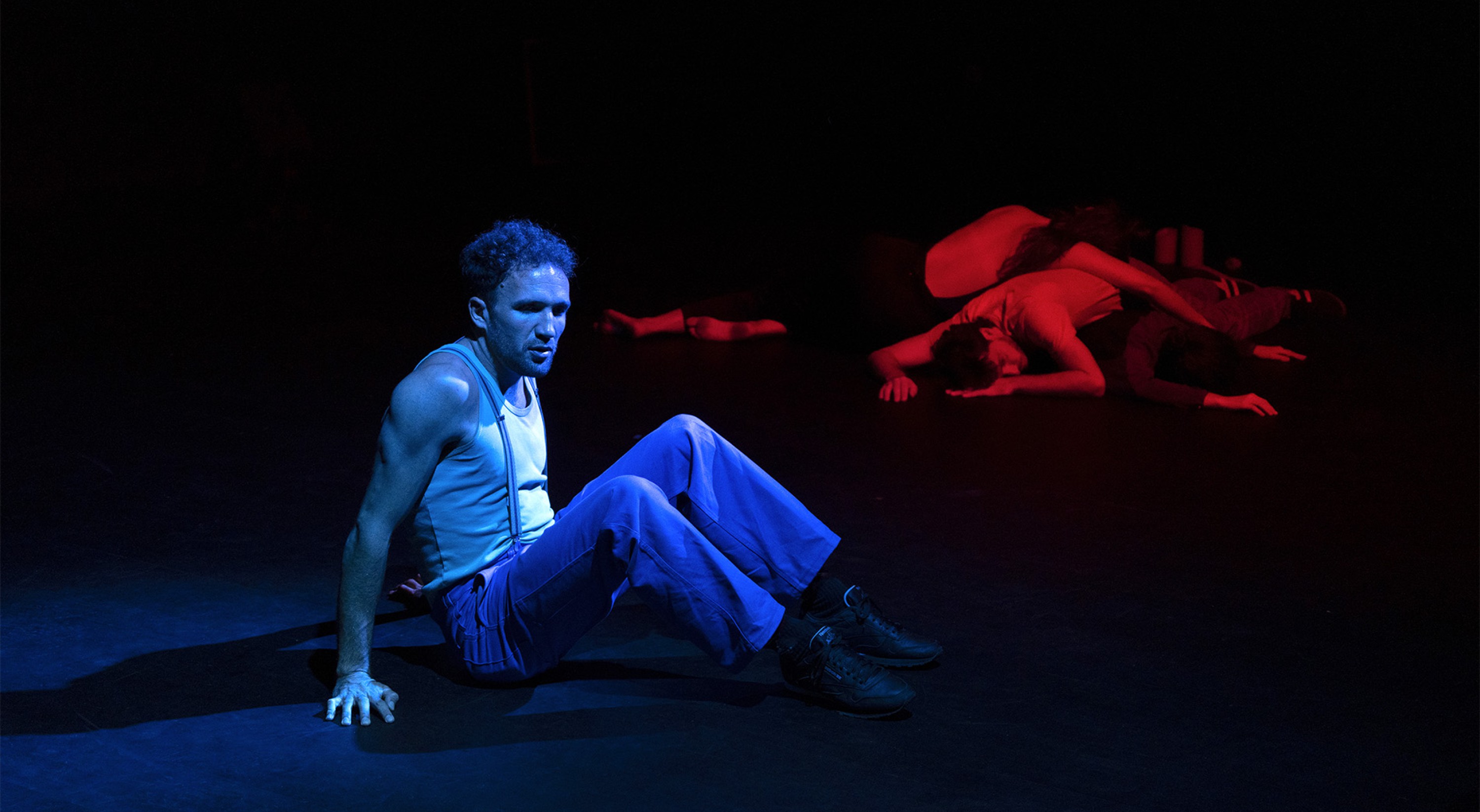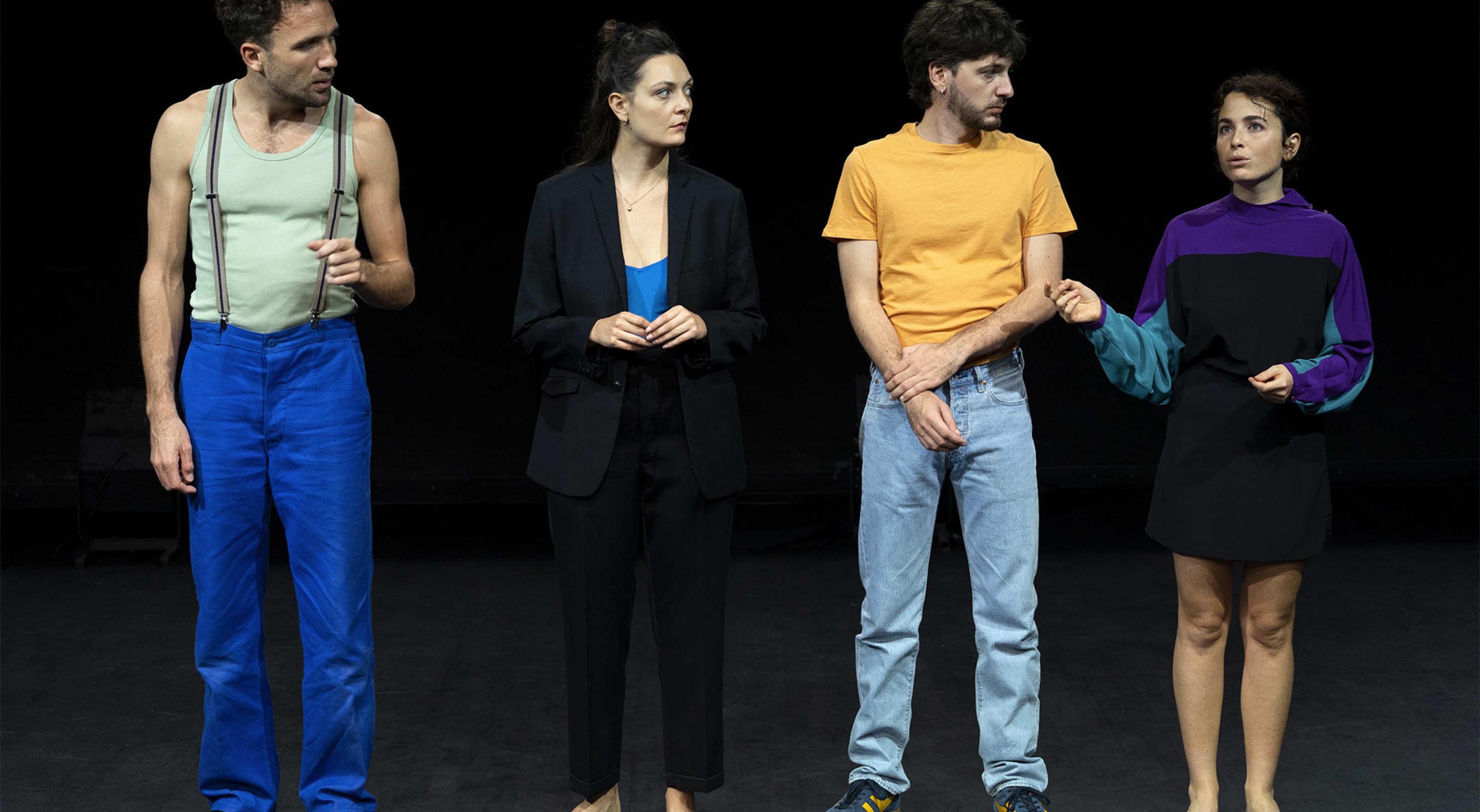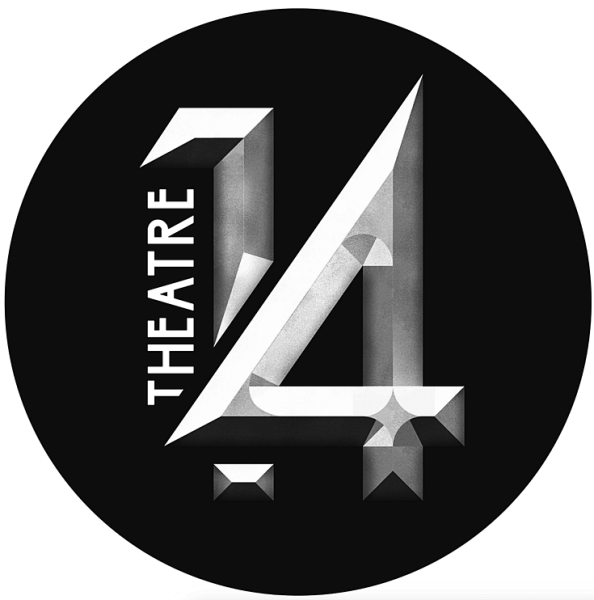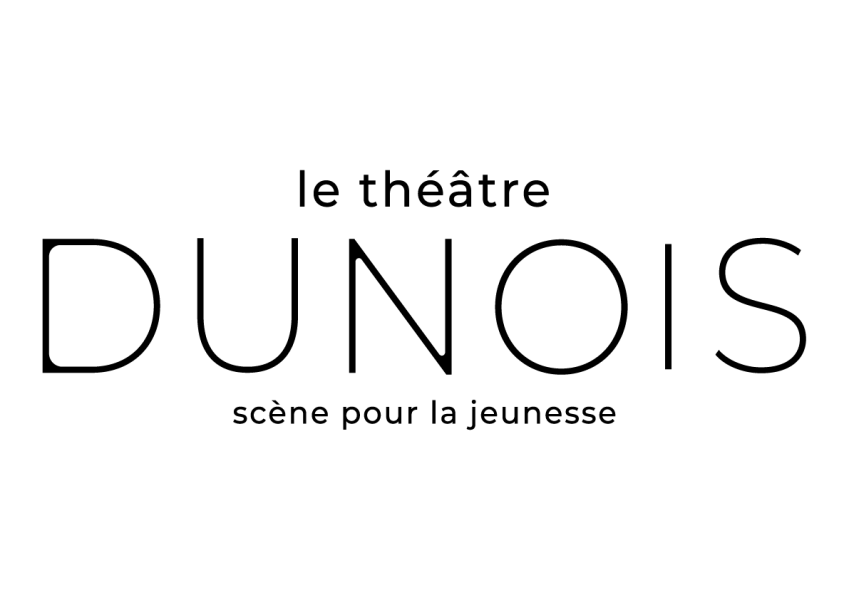Fanny de Chaillé
Une autre histoire du théâtre
octoberoct 21 – 25
novembernov 27 – 29
Tuesday october 21
20h
Wednesday october 22
20h
Thursday october 23
19h
Friday october 24
20h
Saturday october 25
16h
Thursday november 27
19h
Friday november 28
19h
Saturday november 29
19h
Conception Fanny de Chaillé. With Malo Martin, Tom Verschueren, Margot Viala, Valentine Vittoz
Assistant Christophe Ives. Lighting and technical direction Willy Cessa. Sound Manuel Coursin
Music Malo Martin.
Executive production tnba – Théâtre national Bordeaux Aquitaine, CDN
Coproduction Association Display ; Malraux – Scène nationale Chambéry Savoie ; Festival d’Automne à Paris ; Chaillot – Théâtre national de la Danse ; Théâtre Public de Montreuil – Centre dramatique national ; Quartz – Scène nationale de Brest ; Points communs, Nouvelle scène nationale de Cergy-Pontoise et du Val d’Oise ; Théâtre Nouvelle Génération – Centre dramatique national ; Lieu unique – Scène nationale de Nantes ; Théâtre Garonne – Scène européenne ; Théâtre Molière Sète, Scène nationale archipel de Thau ; La Comédie de Clermont-Ferrand – Scène nationale
Fanny de Chaillé is associate artist at Théâtre Public de Montreuil – Centre dramatique national, Chaillot – Théâtre national de la Danse, and Théâtre de Nîmes
Premiered on 7 November 2022 at Malraux – Scène nationale Chambéry Savoie
Théâtre Dunois
![]()
The Théâtre Dunois is accessible to people with reduced mobility. A GIG / GIC parking space is available in front of the Théâtre Dunois.
The artist Fanny de Chaillé turns the stage into a place in which ideas circulate, and where bodies become the vehicle for thought. In the company of a troupe of young actors, she dissects theatre and its history. In doing so, she investigates the power of acting itself, and its roots in the here and now of onstage performance.
Theatre has, for decades, been reinventing itself at the crossroads between the visual arts, dance, and music, and it is these radical changes and mutations that Fanny de Chaillé recounts in Une autre histoire du théâtre. Put differently, the piece deals with how the advent of transdisciplinarity has revolutionized theatre, the way we view it, and how it has enabled new forms to find their place. In order to this, she brings to the stage four young performers that she worked with during her previous creation, Le Choeur. Together, they perform major scenes from the classic works, and examine their models, or references, in order to play around with the frontiers between fiction and reality, thereby putting acting and theatrical illusion on display. Aimed at younger audiences, the piece summons up the practice of the actor or actress and its fundamental place in the history of theatre. At the heart of all theatrical creation lies the following central question: what are the deep-down reasons for wanting to become an actor or actress? Thanks to their movements and energy, these four actors and actresses embrace the whole history of theatre, and share it with us.




